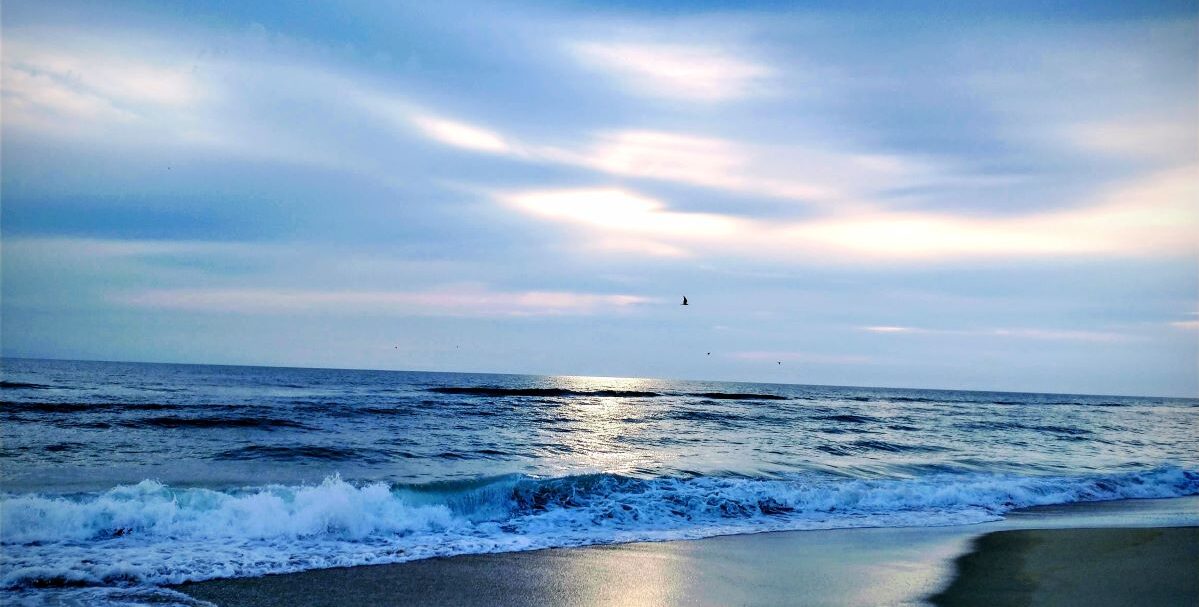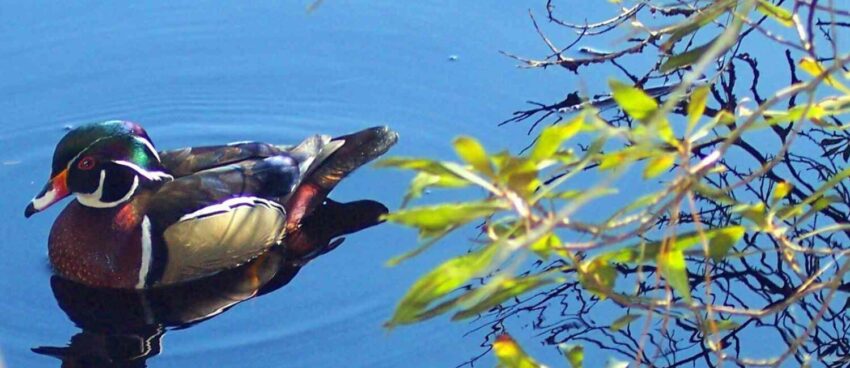Thank you for this day to actively pay tribute to Nature, in all her myriad ingenuity, creative design, growth, nourishing cycles of rejuvenation and rest. It is gratifying to learn that Nature teaches us these things through infinite examples when we open our eyes to concentrate on her characters, details of texture and pattern, spirals, sounds, seasonal cycles, and especially colors.
I almost lost my sight about eight years ago, and hues are still a little altered, so I’m not the most reliable narrator. Two years ago, I lost my sense of taste and smell for many months, last year my thirty-year corporate career, and then I lost my best friend of forty-three years. With sorrow and age comes the certainty that there is no time to waste. We don’t have to be experts to share what we love; we just have to show up and appreciate and share what we get to experience.
So begins this series of tributes.
Nature is colorful. For example, feast your eyes on this wood duck that we were fortunate to observe on a winter’s walk. We’d travelled this favorite trail many times, stopped at the outlook over the brackish tea-colored pond, but this was a first for me. Imagine the creative mind that conceived these feathers in forest green, blue, and red, alongside an orange breast; the regal head outlined in startling black and white striped contrasts. Eyes circled in crimson. creamy tipped wings gracefully folded across a jet tail. What fashion designer or cubist painter ever eclipsed this artistry?
And right above him the spring green leaves dappled in relief upon a cerulean sky reflected on the pond’s surface. It was too much to take in were in not for a camera to capture the memory. I’ve returned to this image many times in the decades since wanting to share this with you.
Each morning outside the window, the sash wide open to feel the air, I get to observe the crows up high in the loblolly pine (Pinus taeda), and the cardinal or thrasher who lands nearby. Through the seasons I am lucky to witness who perches on the Yoshino cherry tree (Prunus × yedoensis), now matured over twenty plus years, chickadees upside down mining the hardened sap in winter, or pecking at blossoms in spring, a red headed flicker burrowing out insects under layers of silvery lichen, a hummingbird sipping nectar, red and golden dragonflies resting at tips of branches cooling their wings; blue jays eating the tart summer cherries, several titmouse plucking caterpillars in the early fall as yellow leaves begin to drop.
The gratitude’s are often of the simplest kind. And they can be because Nature does the complicated parts. My role is to observe with agape, walk in the forests, and watch how one tree can be everything.
I have wanted to host an earth-writing and herbal-making non-profit for several years. Frankly, it has taken a long time to tip this word livelihood over from monetize to attribute. It takes a whole bunch of faith to believe that we can make (a) living about how we serve and live in our neighborhood. So, I’ve about used up my savings to take a leap of faith that we’ll create this together in lively service to our ultimate ‘hood Nature.
After several decades of effort from the natural products industry, and a whole lot of scientific research, most of us now know that we have a microbiome of tiny bacteria in our gut and on our skin that outnumbers our host cells. Just as we embody this microclimate it actively interrelates with Earth’s macro biome climate. Maybe if we notice the detailed microcosmic stories of our Naturehood we’ll bear witness to and for a teeming biome we are just beginning to learn.
It will take a tipping point of poets and advocates, protectorate systems and economic initiatives, documentarians and projects to begin to faintly understand this essential truth: everything about Earth’s biome relates to our wellbeing. It’s happening in our very neighborhoods.

